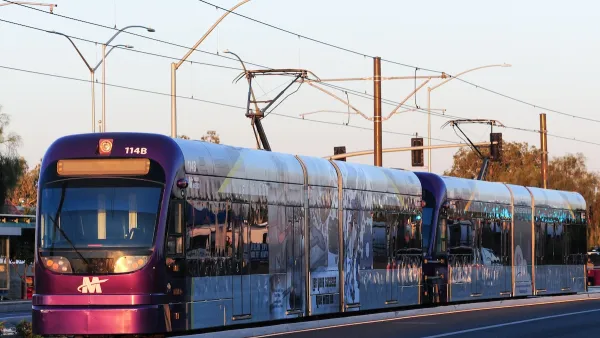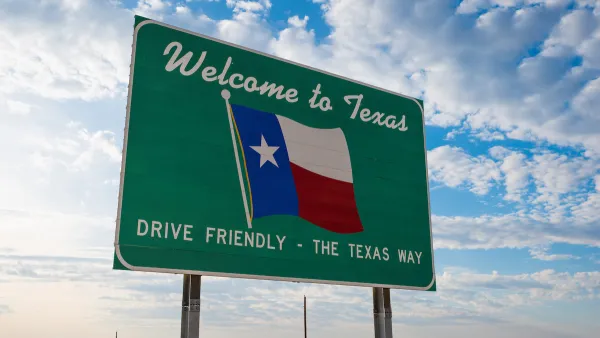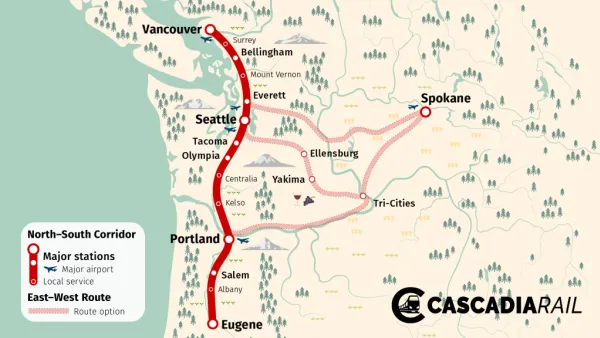A news study brings the receipts on state and regional transportation spending.

TransitCenter shares news of a recent study by the National Cooperative Highway Research Program that digs into how states spend their federal transportation money, finding that less than 4 percent of eligible federal highway funding is spent on transit projects—a decision known as “flexing.”
“Only eight states were ‘superflexers,’ transferring more than 4% of their federal highway funding to FTA: Nevada, Washington, Arizona, New York, Vermont, Oregon, Maryland, California, and New Jersey,” explains the article of the study’s findings. According to the study, the Congestion Mitigation and Air Quality (CMAQ) and the Surface Transportation Block Grant (STBG) programs were the programs most likely to be flexed for transit projects.
The report also helps understand why certain states and metropolitan planning organizations (MPOs) decide to flex their federal money to transit projects: it all comes down to “state and regional priorities.” According to the article’s explanation of the study’s conclusion, “Where state and local decisionmakers value transit, states use more of their highway dollars for public transportation.”
The article digs into more detail on the examples of Vermont and New Jersey, the former as an example of a mostly rural state, the latter as mostly urban. At the regional level, the article identifies leadership from MPOs in California and New York.
A May 2022 article by TransitCenter details how states and MPOs can flex highway dollars for transit projects.
The “Federal Funding Flexibility: Use of Federal Aid Highway Fund Transfers by State DOTs” report by the National Cooperative Highway Research Program was published in June 2022 by the National Academies of Sciences, Engineering, and Medicine.
FULL STORY: Want to Use Highway Dollars for Transit? These Places Already Do

Analysis: Cybertruck Fatality Rate Far Exceeds That of Ford Pinto
The Tesla Cybertruck was recalled seven times last year.

National Parks Layoffs Will Cause Communities to Lose Billions
Thousands of essential park workers were laid off this week, just before the busy spring break season.

Retro-silient?: America’s First “Eco-burb,” The Woodlands Turns 50
A master-planned community north of Houston offers lessons on green infrastructure and resilient design, but falls short of its founder’s lofty affordability and walkability goals.

Test News Post 1
This is a summary

Analysis: Cybertruck Fatality Rate Far Exceeds That of Ford Pinto
The Tesla Cybertruck was recalled seven times last year.

Test News Headline 46
Test for the image on the front page.
Urban Design for Planners 1: Software Tools
This six-course series explores essential urban design concepts using open source software and equips planners with the tools they need to participate fully in the urban design process.
Planning for Universal Design
Learn the tools for implementing Universal Design in planning regulations.
EMC Planning Group, Inc.
Planetizen
Planetizen
Mpact (formerly Rail~Volution)
Great Falls Development Authority, Inc.
HUDs Office of Policy Development and Research
NYU Wagner Graduate School of Public Service




























